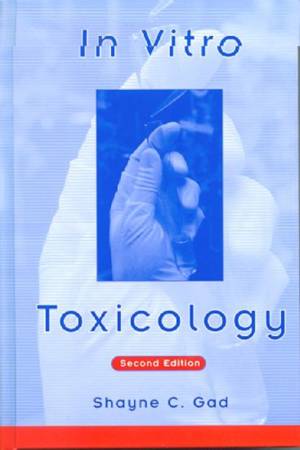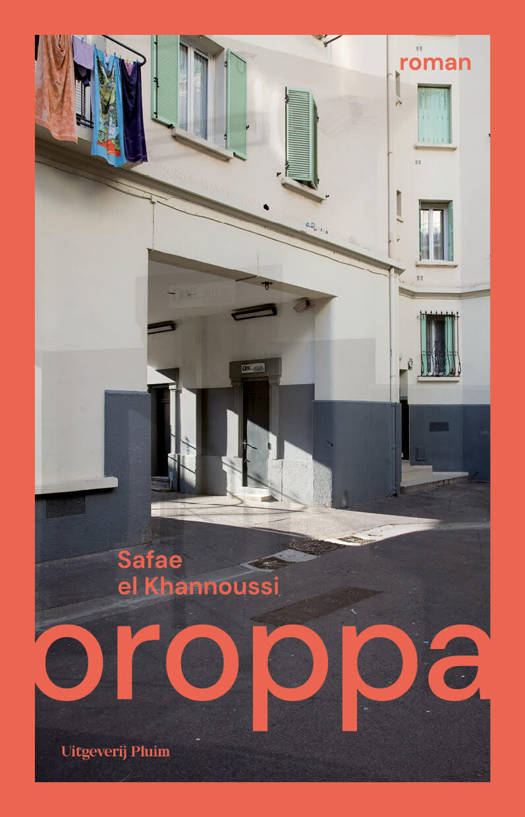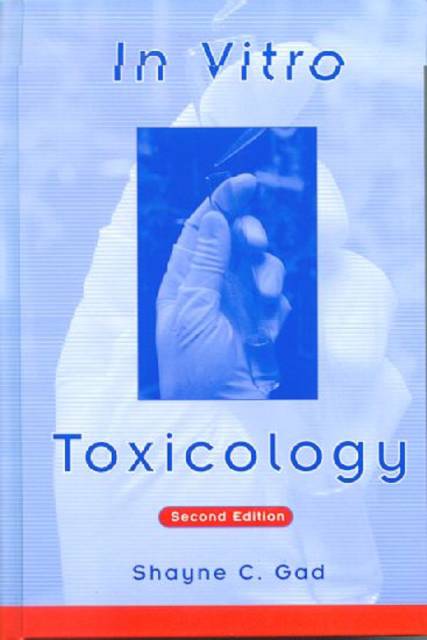
- Afhalen na 1 uur in een winkel met voorraad
- Gratis thuislevering in België vanaf € 30
- Ruim aanbod met 7 miljoen producten
- Afhalen na 1 uur in een winkel met voorraad
- Gratis thuislevering in België vanaf € 30
- Ruim aanbod met 7 miljoen producten
Zoeken
Omschrijving
Toxicology has made tremendous strides in the sophistication of the models used to identify and understand the mechanisms of agents that can harm or kill humand and other higher organisms. Non-animals or in vitro models started to gain significant use in the 1960s. As a result of the increased concern over animal welfare, economic factors, and the need for greater sensitivity and understanding of mechanisms, interest in in vitro^n models has risen. This volume demonstrates that there now exists a broad range of in vitro models for use in either identifying or understanding most forms of toxicity.
Specificaties
Betrokkenen
- Auteur(s):
- Uitgeverij:
Inhoud
- Aantal bladzijden:
- 422
- Taal:
- Engels
Eigenschappen
- Productcode (EAN):
- 9781560327691
- Verschijningsdatum:
- 2/11/2000
- Uitvoering:
- Hardcover
- Formaat:
- Genaaid
- Afmetingen:
- 158 mm x 235 mm
- Gewicht:
- 743 g

Alleen bij Standaard Boekhandel
+ 351 punten op je klantenkaart van Standaard Boekhandel
Beoordelingen
We publiceren alleen reviews die voldoen aan de voorwaarden voor reviews. Bekijk onze voorwaarden voor reviews.











